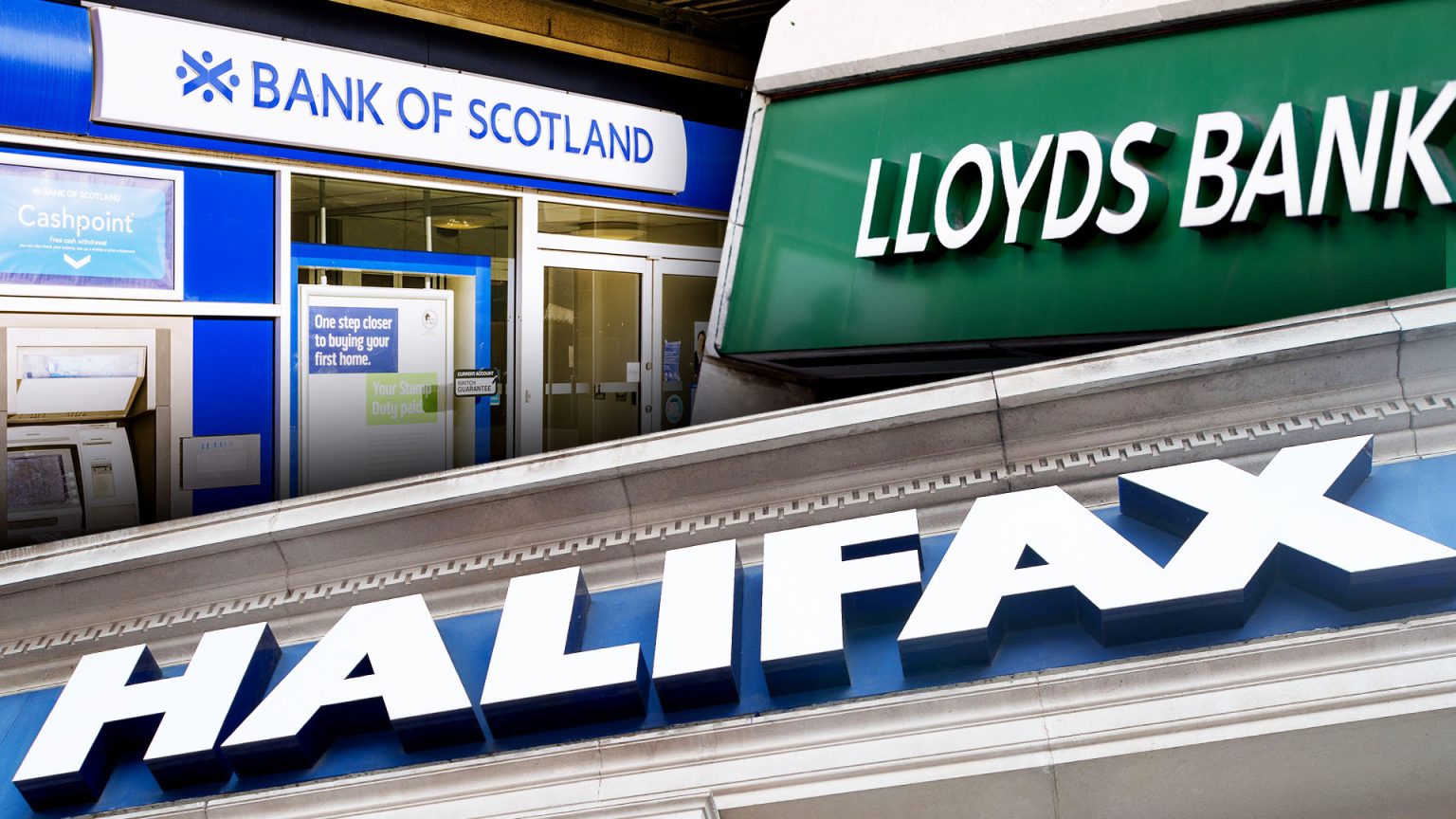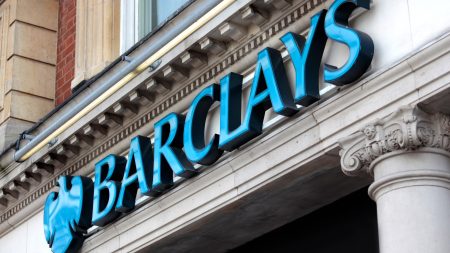Lloyds Banking Group implemented significant changes to its overdraft interest rates for Lloyds, Halifax, and Bank of Scotland customers, impacting millions. The changes, announced in August and effective from a specified date, saw a restructuring of overdraft pricing, with some customers experiencing increases while others saw decreases. A key aspect of this overhaul was the elimination of a preferential 27.5% rate for Club Lloyds members. These customers were then assigned new rates based on individual credit assessments. The bank introduced interim rates of 34.9% and 44.9% for those facing increases, to be subsequently adjusted to 39.9% and 49.9% respectively. This meant that some Club Lloyds customers saw their overdraft rates nearly double. Lloyds asserts that the majority of customers would either see no change or a reduction in their overdraft rates despite these adjustments. They advised those moved to the highest rate to explore alternative options with other financial institutions.
An overdraft facility allows account holders to withdraw funds even when their balance dips below zero. However, this convenience comes at a cost, with interest charged on the overdrawn amount. The applicable interest rate depends on the account type and an individual’s credit history, determined through an affordability check. Several resources, including Moneyfactscompare.co.uk, offer comparative overdraft rates across different banks. Some banks offer interest-free buffers on overdrafts, meaning interest is only charged when borrowing exceeds a specified threshold. For example, First Direct provides a £250 interest-free buffer, while Nationwide offers a £50 buffer. These buffers can offer a degree of financial flexibility for those who occasionally dip into their overdraft.
Borrowing, while seemingly a straightforward solution for managing expenses, carries the risk of accumulating unmanageable debt. It’s crucial to assess the necessity of borrowing before resorting to credit cards, personal loans, or overdrafts. Avoid taking on further debt if existing debt repayment poses a challenge. Alternatives to overdrafts, such as 0% interest balance transfer credit cards, can prove more cost-effective for certain borrowers. These cards allow the transfer of existing high-interest debt onto a new card, offering a period of interest-free repayments. For instance, Barclaycard provides a 0% interest period of up to 32 months on its balance transfer cards. Utilizing savings, especially an emergency fund, is another viable alternative to borrowing.
Before borrowing, thorough research is essential to identify the most affordable option. Banks have an obligation to assist customers facing financial difficulties, so communication with your bank is recommended. Credit unions offer loans at significantly lower interest rates compared to credit cards or overdrafts, making them a more affordable borrowing option. Their interest rates typically range from 12.7% APR to a capped rate of 42.6% APR, which is considerably lower than those of many traditional banks. In the specific case of the recent changes, customers may consider switching to a financial institution offering less costly overdraft solutions, particularly if placed on Lloyds’ highest rate.
Several organizations offer free debt advice and support. Citizens Advice, StepChange, National Debtline, and the Debt Advice Foundation provide guidance and resources to help manage debt effectively. Information on Debt Management Plans (DMPs) and Individual Voluntary Arrangements (IVAs) is available on MoneyHelper.org.uk and Gov.UK. Seeking assistance from these reputable organizations is strongly advised over engaging claims management firms, which often charge substantial upfront fees for services readily available for free elsewhere. These free services offer tailored advice and support based on individual circumstances, helping individuals navigate their debt and regain financial stability.
The changes implemented by Lloyds Banking Group underscore the importance of carefully managing finances and understanding the potential implications of utilizing overdraft facilities. With the potential for significant rate increases, customers are encouraged to actively monitor their overdraft usage and explore alternative financial solutions where appropriate. The availability of free debt advice and support services provides a valuable resource for those struggling with debt, enabling them to seek professional guidance and develop sustainable financial strategies. Maintaining open communication with your bank and exploring options like credit unions can further contribute to responsible debt management and long-term financial well-being.











